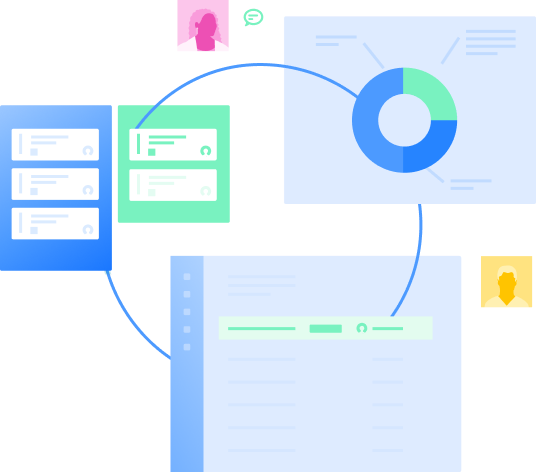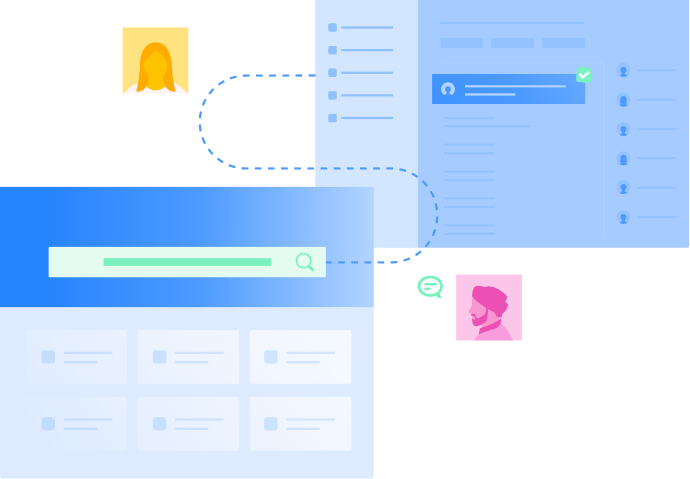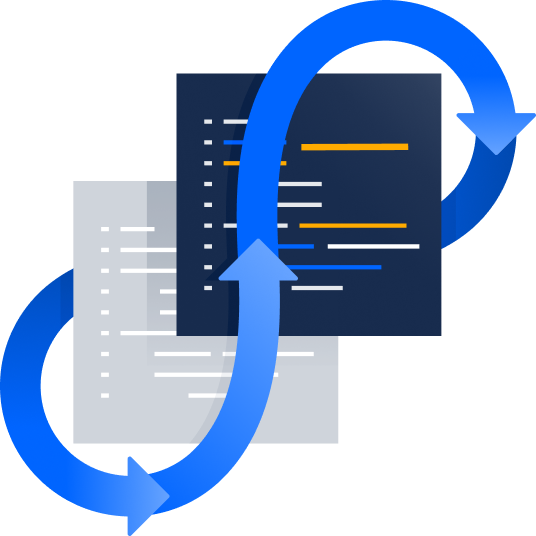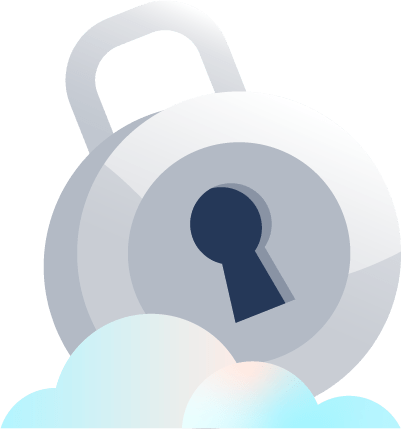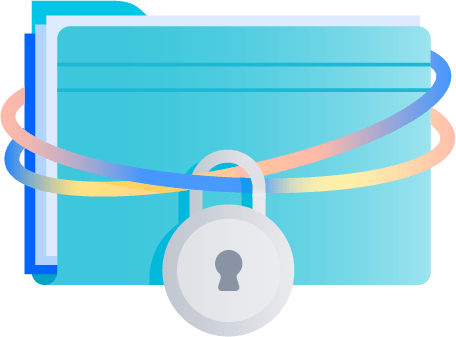Teams work better together on Cloud
Work faster, smarter, and stronger, together. Focus on the strategic imperatives that move your business forward with the best of Atlassian, on Cloud.
You don’t have to take our word for it
See how customers harness the power of Cloud
Inspired collaboration
47% of customers reported their move to Cloud led to improvement in cross-functional collaboration
Decision-making smarts
44% of customers reported improvement in the ability to quickly make insight-driven decisions
Productivity unleashed
According to Forrester, migrated customers see a 20% productivity boost for developers
Strategic IT
According to Forrester, migrated customers see 50% of IT time reallocated to more impactful work
250K customers rely on our world-class cloud platform
Imagine what’s possible on Cloud
Action on data
Get visibility into work across your organization so you can make data-driven decisions using Atlassian Analytics and Data Lake.
Automate work
Replace manual, time-consuming work with modern workflows using Atlassian Automation, built into Cloud and ready for cross-product workflows.
Accelerate teamwork
Say hello to Atlassian Intelligence. AI understands how you collaborate and accelerates your work by answering questions, generating content, and more.
Optimize with insights
Get real-time insights on your team’s work so you can optimize how work gets done, report on team health, and remove bottlenecks using Jira Insights.
Customize your toolchain
Make Jira your single source of truth for work across your favorite tools — CI/CD, SCM, feature flagging, testing, and more — with Open DevOps.
Release with confidence
Plan and track delivery and development tasks and get clarity on everything you need to launch your new feature with Releases Hub.
Manage incidents better
Bring operations and software teams together to solve incidents with on-call and alert notifications built natively into Jira Service Management and integrated with Jira.
Respond more quickly
Automate support interactions and automatically surface relevant knowledge base articles with the AI-powered virtual agent, as well as AI issue summaries and generative AI for the issue editor.
Scale service delivery
Streamline workflows with 200+ pre-built forms and project templates for business teams, so IT can help empower other teams with ownership of their own service delivery.
Collaborate visually
Brainstorm and create visual content using Whiteboards, then turn ideas into pages or tickets with just a few clicks.
Automate work
Effortlessly manage content, organize spaces, and notify teams of updates using Confluence Automation.
Share critical context
Cut down on context switching with Smart Links, which allow you to embed entire docs or videos on pages with just a URL.
Connect work
Keep work moving forward with better integrations between Jira and Bitbucket, including a Jira issues view on your Bitbucket dashboard.
Reduce context switching
Keep CI/CD where it belongs, right next to your code, using Bitbucket Pipelines. Or connect your on-prem CI/CD tools to Bitbucket Cloud.
Automate work
Use PRs, deployments, and more to trigger actions in Jira or third-party tools like Slack, so you can move work forward using DevOps automation.
Faster together
Supercharge productivity by bringing tools and teams together
Seamless experiences
Atlassian’s cloud products are optimized for seamless cross-product experiences so you can move faster, collaborate better, and accelerate speed to market. Information flows across teams and tools so you can focus on moving work forward.
Centralized administration
Accelerate administration with a centralized mission control center. Admins get the visibility and control they need to configure and manage their Atlassian footprint from a single location, making administration at scale more efficient.
Cloud seems more zippy, and the integrations between solutions seem tighter. That helps us work faster and resolve issues much quicker.
Smarter together
Unlock the visibility you need for data-driven transformation
Connected data
Data about the work being done across your organization is aggregated in a single source of truth. That visibility helps you drive alignment toward goals and make data-driven decisions.
Team-level insights
Empower teams with access to real-time insights into how work is going and how to improve. Build a culture of continuous improvement and enable insight-driven growth.
We’ve been tripling our output and trying to cut costs per strain by half … by moving to the cloud and converging around Atlassian products for service management, we can scale non-linearly, have the metrics to support making the investments we need, and drive profitability.
Stronger together
Get tools teams love, built on a foundation you can trust
Enterprise-grade platform
Atlassian’s Cloud platform is enterprise-grade, so you'll have peace of mind knowing that the security, privacy, and compliance of your organization's data is in good hands.
Trusted partners
Under a shared responsibility model, Atlassian provides the resilient infrastructure. You get controls that allow you to meet compliance, privacy, and security obligations and recover if there are incidents.
Engineers are not only working more efficiently but are also able to focus on more strategic projects because they don’t have to worry about security or downtime.
Millions of users migrated last year (and for good reason)
Forrester estimates a 358% ROI of migrating. 82% of users saw benefits within 6 months.
Get in touch for help building your Cloud business case
Explore the migration journey
Explore the path to cloud by looking at our recommendations on how to get started, what to assess, and how to build a plan
The information on this page contains forward-looking statements which involve uncertainties when providing estimated effective dates. All forward-looking statements involve known and unknown risks, uncertainties, and is subject to change.


